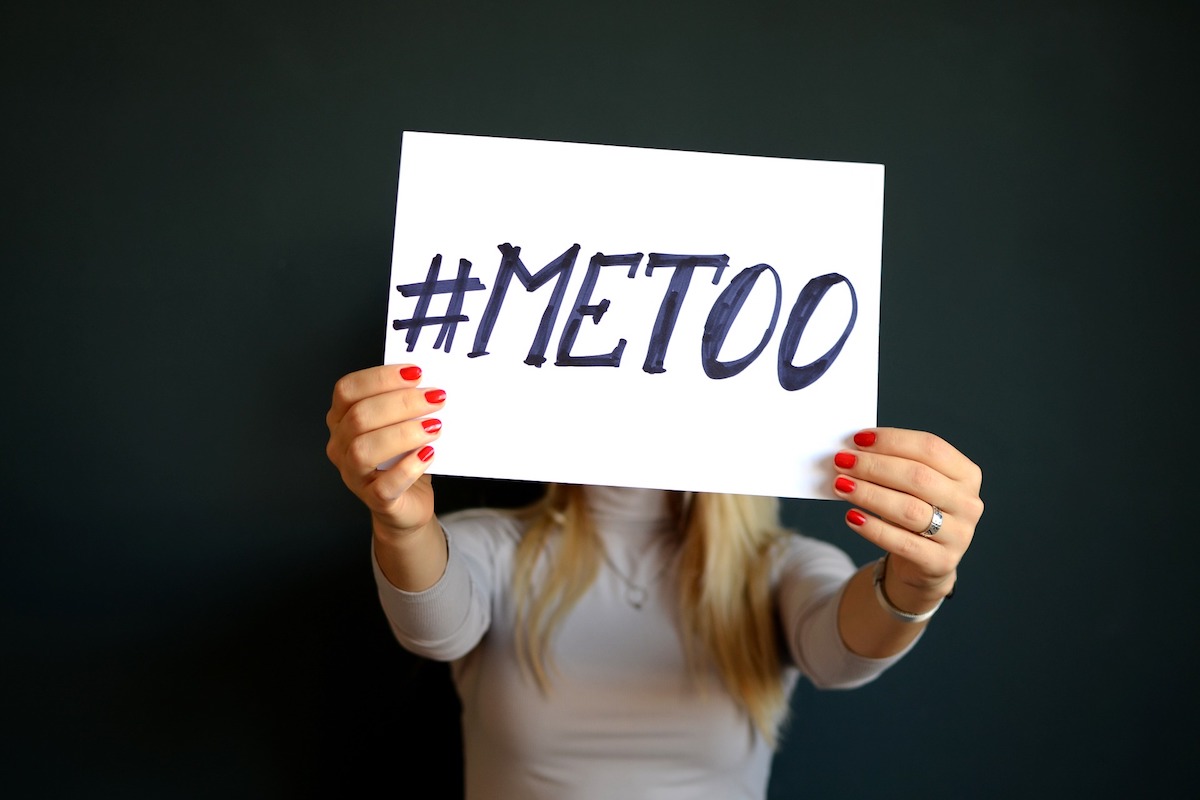In October 2017, American actress Alyssa Milano tweeted to the world, “If you’ve been sexually harassed or assaulted, write ‘me too’ as a reply to this tweet.”
The response was shocking. Women and men from around the world began sharing their stories, demonstrating the widespread prevalence of sexual harassment and assault.
What was particularly astounding was the number of people who came forward with stories of horrific abuse inflicted by their boss or work colleagues. With the magnitude of the problem clear, and societies demand for change uncompromising, employers everywhere are being forced to challenge their own policies and workplace cultures.
Long gone are the days when employers could afford to be ignorant or turn a blind eye to sexually inappropriate conduct in the workplace. Thanks in large part to the #MeToo movement, fewer victims of sexual harassment or assault are likely to stay silent. Fewer colleagues are likely to stand by. People are demanding that employers do far more to stamp out sexually predatory behaviour in the workplace.
Having a policy in place that clearly articulates your no tolerance stance on sexually inappropriate behaviour is just the starting point. Essential steps to ensuring your sexual harassment policy and practices are adequate in a #MeToo world include these:
-
Be Aware
Applying your sexual harassment policy necessitates first understanding it. For many leaders the challenge in enforcing what is expected is recognising where the line is between harmless fun or playful interaction and inappropriate conduct.
Begin by understanding the law. Sexual harassment is defined as any unwanted or unwelcome sexual behaviour, which causes a person to feel humiliated, intimidated or offended. Key here is understanding that how the person on the receiving end of the behaviour feels matters most. Less important are the perpetrators intentions.
In most Australian workplaces fun-natured banter and personal connections are an important part of building camaraderie and energising a team’s spirit. Sexual harassment does not include healthy interaction, flirtation or friendship which is mutual or consensual.
Examples of the types of behaviours you need to be concerned about include these:
- Unnecessary familiarity: such as unwelcome touching or hugging, standing too close.
- Unwelcome propositions: for example, offers of sex, repeated requests for dates despite being told no
- Any behaviour considered an offence under criminal law such as indecent exposure, stalking, obscene communications or assault.
The Australian Human Rights Commission, the Australian Council of Trade Unions and the Australian Chamber of Commerce and Industry have joined forces to deliver a national awareness raising strategy – Know Where the Line Is.
The campaigns mission is to create safe workplaces where sexual harassment is a problem of the past. Information and resources are available on the campaigns dedicated website. Included is a resource guide for employers on preventing and responding to workplace sexual harassment.
-
Educate
Since the beginning of the #MeToo movement, it’s become more and more common to hear people complain about the need to be cautious and tiptoe around members of the opposite gender to avoid the risk of being accused of sexual harassment, or worse. With heightened awareness of the prevalence of sexual harassment has come a degree of paranoia about the risks associated with men and women working together.
One senior executive told me he will no longer have one-to-one meetings with female members of his staff, “just in case”. When challenged as to why he felt this was necessary he struggled to articulate a reason beyond feeling more comfortable with a witness to the conversations he has.
Unfortunately, this executive is far from alone. His attitude reflects an all too common naivety among people about where the boundaries lie between acceptable conduct and behaviours that can get them in trouble. Equally reflected in this leader’s comments is a lack of awareness of how to create a workplace culture that ensures people behave with respect and decency. And then, of course, there is his apparent lack of awareness of the fact that men bring sexual harassment or abuse claims against men.
Take steps to ensure you and every member of your team are well informed. Ensure people understand how they are expected to behave and where the boundaries lie. Help them to understand that behaving appropriately includes maintaining personal boundaries. It also means listening when people say no. It’s OK to have fun with our colleagues but when people let us know they feel uncomfortable or our behaviour is unwelcome, it’s inexcusable not to listen.
-
Paint a clear line and enforce it
Ignorance is no defence. It doesn’t matter what someone understands or intends, the law holds people accountable for how they behave and the consequences of those actions. It is incumbent upon every employer to paint a very clear view of where the line is between respectful and disrespectful behaviour and then take action to ensure people comply.
Engage in conversations with your team about behaviour. Explore what is respectful and what isn’t. Set the expectation that every member of your team take responsibility for ensuring sexual harassment isn’t tolerated. Encourage people to challenge unlawful behaviour and speak up when they witness conduct contrary to the organisation’s values.
Accept no excuses. All too often people accused of sexual harassment point to hyper sensitivity on the part of their victim as an explanation for the situation. “I was just being friendly, clearly she can’t take a compliment”, “I don’t know what his problem is, I was just bantering with him” are excuses some people offer.
Take decisive steps to address sexual harassment when you first become aware of it. Act with fairness to all parties concerned by ensuring an objective and thorough investigation is undertaken. Enforce your policies by taking necessary action to hold people accountable for the impact of their actions. Have the courage and decency to exit people from your business when it is proven that they can’t be trusted to act appropriately.

We look at how #MeToo fits into the past 15 years of gender equality gains, and losses, which have helped shape workplaces and societies today.







